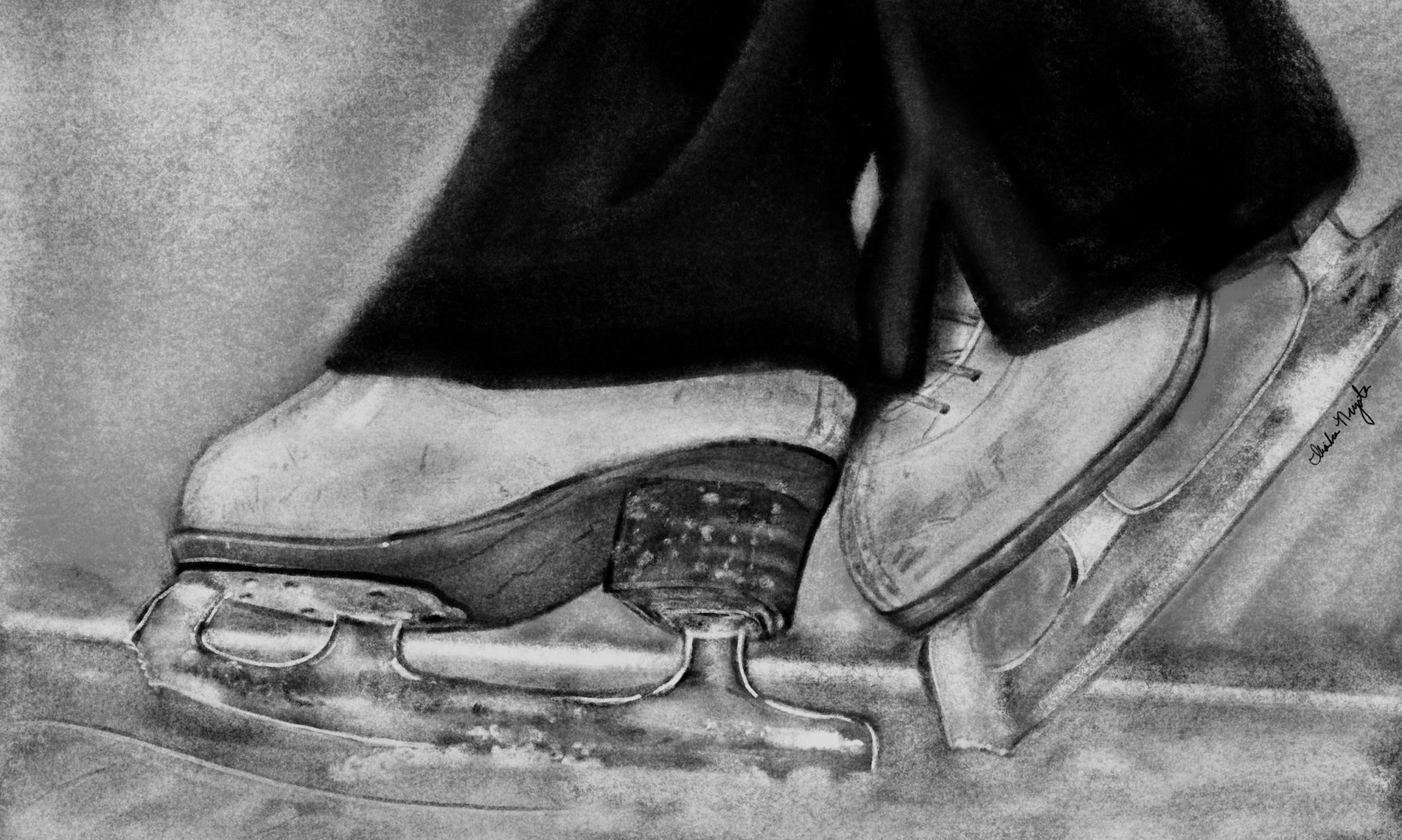Skatergirl is working on her triple salchow.
Her triple salchow is a jump that she doesn’t usually have any problems with. But, now she’s struggling.
The reason? She sprained her ankle on a triple salchow, and was off the ice for several weeks due to the injury.
Now, after undergoing extensive physical therapy, she’s back on the ice. She’s taping her ankle and it feels pretty good, but she’s still hesitant when it comes to doing triple salchows.
Double salchows?
No problem. She’s able to land them in her sleep. But, when it comes to her triple salchow, she freaks out and ends up either popping or circling.
Trauma Drama
Injuries are not the only type of traumatic experience that can cause an athlete to freak out when executing a skill.
Negative experiences with coaches, previous difficulties, bad falls, or even witnessing or overhearing someone else’s problems can cause a profound mark that can lead to trauma.
What’s traumatic varies from individual to individual. It doesn’t matter if it’s not traumatic to other people. It’s how you feel about the experience.
So, how do you deal with trauma like this? After all, despite what some coaches might say, “just go for it” doesn’t help.
To start, ask yourself these questions.
- What is going through your head when the jump is working?
- What is going through your head when the jump is not working?
This is the first step. It’s important to be aware of what is going through your head when you’re doing the skill.
Pain in the Brain
Before we continue, pick a skill that you’re having trouble with. Now, take a moment to reflect on what is going through your head when you successfully execute the skill, compared to when you are unsuccessful.
Ok. Now, let’s get back to Skatergirl.
When Skatergirl successfully executes a triple salchow, she is focused on the jump. Specifically, she is in her body and focused on the current action that she needs to take.
On an unsuccessful triple salchow, Skatergirl is trying not to freak out.
“Calm down, calm down. Go for it. It will be okay.”
She’s stuck in her head, psyching herself up to go for the jump because she’s worried that she might injure herself again.
Solution Pollution
Now that you’ve taken note of your thoughts, ask yourself these questions.
What do these thoughts have to do with the jump? Do these thoughts help me execute the jump?
For Skatergirl’s example, the question would be, “What does go for it have to do with executing the jump?”
In short, it doesn’t. Focusing on go for it doesn’t help her execute the jump. In fact, it takes her out of her body and puts her into her head, which makes it more difficult for her to land the jump.
Now, let’s take a look at Skatergirl’s thoughts when she successfully executes the jump. When she goes into the jump, Skatergirl is focused on the current action that she needs to take. She feels the grip of her blade on the ice. She’s in her body, which gives her access to her muscle memory.
Remember, in order to consistently execute a jump, you need to access your muscle memory. And, in order to access your muscle memory, you need to be in your body. Which is why it’s important to learn how to get into your body on demand.
Before I finish, I want to give you a reminder.
Learning how to get into your body is an ongoing process. It’s something that takes practice and discipline to master, exactly like learning a new jump,
When you notice yourself in your head, it’s important to bring yourself back into your body. The more you do it, the easier it will get, so continue to practice this whenever you have the chance.
If there is underlying trauma at the root of your block, you might have trouble getting into your body. Consider contacting me and I can help point you in the right direction.
Mental skills training can make a difference because it can help you access what is already there during competition and practice.
Start here: download “Confidence Myth Busters,” a complimentary eBook and make a change.

